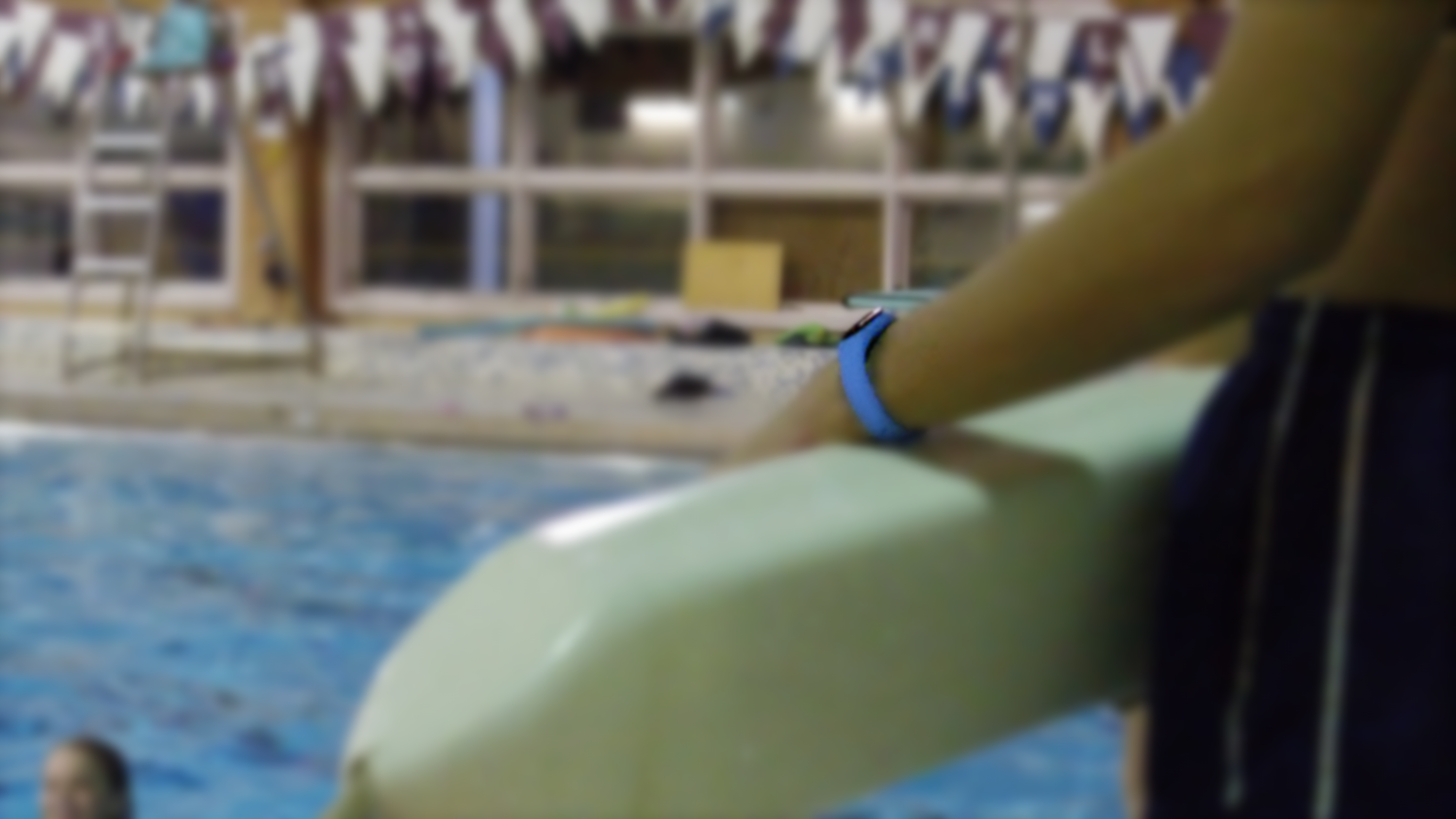Sharing Trusted Perspectives on Aquatic Safety
If you're an aquatic director, camp operator, or recreation facility manager, you likely already employ trained lifeguards, enforce swim rules, and host regular safety trainings. But many leading water safety organizations agree: lifeguards alone can’t prevent every incident.
According to the National Drowning Prevention Alliance (NDPA), the most effective approach to aquatic safety is one that uses multiple layers of protection — a framework that integrates people, protocols, and technology to help reduce risk. At WAVE, we’re committed to amplifying trusted guidance from organizations like the NDPA and helping professionals assess their own safety strategies.
⚠️ Important Note: WAVE does not provide professional lifeguarding or operational safety advice. Instead, we aim to share useful tools and amplify recommendations from respected sources in the aquatics and drowning prevention community.
What Is the “Layers of Protection” Framework?
The NDPA promotes the concept of overlapping safety measures because no single layer is foolproof. Even with all rules followed and lifeguards on duty, accidents can occur. That’s why NDPA recommends a multi-layered approach to strengthen emergency preparedness and reduce the risk of drowning.
Let’s walk through these five layers, not as mandates — but as reference points for your own planning.
The Five Core Layers of Protection (As Defined by the NDPA)
1. Supervision
Trained supervision is essential. The NDPA stresses the importance of constant, capable attention around water — not just by lifeguards, but by caregivers and facility staff. This includes policies that reduce fatigue, maintain ideal guard-to-swimmer ratios, and monitor performance.
2. Barriers and Controlled Access
Physical barriers such as fencing, self-latching gates, and pool covers help prevent unsupervised access — particularly important during off-hours or in areas with children.
3. Emergency Preparedness and Response
The NDPA encourages facilities to ensure certifications (like CPR) are current, and that emergency action plans (EAPs) are understood, practiced, and documented by staff. Technology like WAVE’s Lifeguard Entry Alert feature ensures that the whole facility knows when a lifeguard enters the water to make a rescue.
4. Drowning Detection and Alert Systems
Technology can serve as a crucial support tool. Wearable systems like WAVE’s are designed to enhance visual supervision by instantly alerting staff to prolonged submersion events. While not a replacement for lifeguards, they serve as a second set of “eyes” on the water.
5. Education and Engagement
Ongoing awareness campaigns, clear signage, and swimmer education help create a shared culture of safety. NDPA promotes proactive communication as a key prevention strategy.
Why a Multi-Layered Water Safety Plan Saves Lives
Many tragic incidents involve the failure of more than one layer — or the absence of a layer altogether. Facilities that go beyond minimum standards to adopt a multi-layered approach are more prepared to prevent or respond to emergencies.
Every layer increases your facility’s ability to prevent tragedy and respond effectively if something goes wrong. The goal isn’t just to comply with industry standards — it’s to exceed them. With the right water safety checklist, facilities managers can identify weak points and strengthen them before they lead to incidents.
Consider this: in most drowning cases, more than one layer failed — or was never implemented. Lifeguards were distracted, signage was unclear, barriers were propped open, or the alarm system wasn’t activated. One small gap is all it takes.
Build a Stronger Water Safety Plan with WAVE
WAVE’s drowning detection and alert system can support existing supervision protocols, especially in challenging visual environments or during peak swim times. While we don’t offer operational safety advice, we’re here to help you explore how technology can integrate into your facility’s broader safety plan.
At WAVE, we help facilities layer in cutting-edge technology to support their staff and protect their swimmers. Our wearable drowning detection system is designed to integrate seamlessly into your existing operations, alerting your team of prolonged submersion — without relying solely on human observation. And the Lifeguard Entry Alert feature of the WAVE system ensures your facility is automatically alerted when a lifeguard enters the water to make a rescue so you can rush support to the pool deck.
If you're revisiting your water safety plan, we’d love to show you how our system can strengthen your protection framework and give your team an extra layer of confidence.
 Want to Audit Your Layers?
Want to Audit Your Layers?
We’ve created a Water Safety Checklist based on NDPA’s five-layer framework to help aquatics professionals assess their current coverage.
Fill out the form to download your checklist now.



